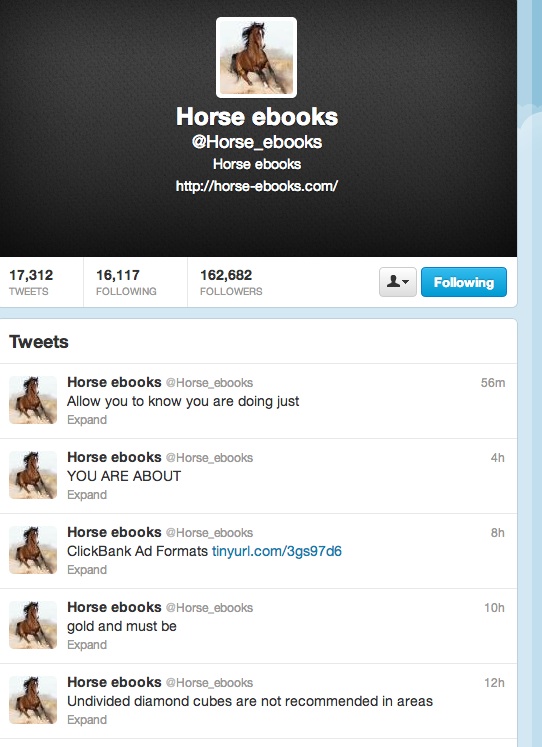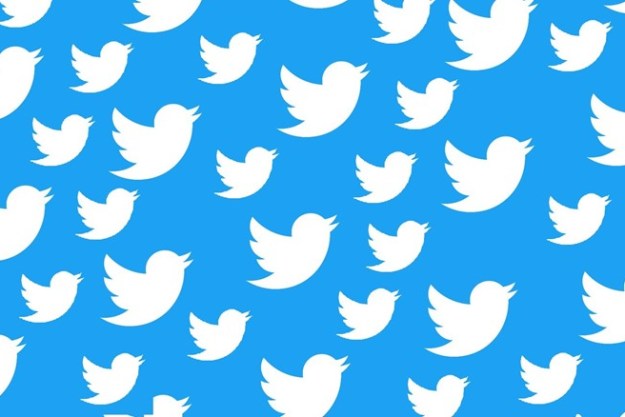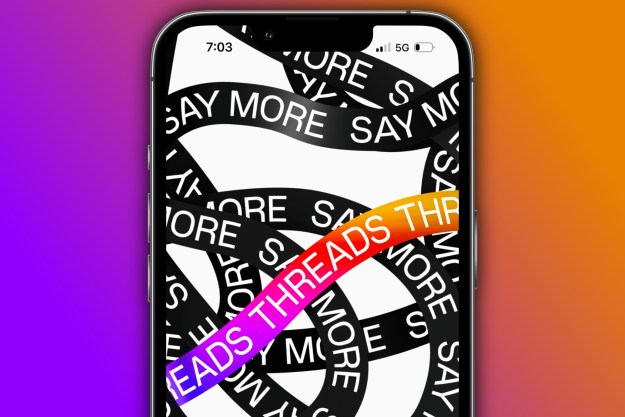
If you use Twitter, you probably deal with robots on occasion. And it’s rarely enjoyable (unless you’re following the hilarious @Horse_ebooks account, that is.) You give yourself a premature pat on the shoulder as your follower list shoots up, but when you look to see who’s so besotted by your 140 character musings, and your face falls: It’s clearly just a spambot, an automated account with no human controlling the avatar.
These spambots weaken Twitter’s legitimacy, and they also do the idea of bot accounts a disservice – it’s hard to see what the value of following or being followed by a non-human is, when all of the bots that follow you are offensively inauthentic porny profiles that send you highly dubious DMs about a great deal they got.
All bots are not born equal (or born at all)
But don’t discount all bots. Spambots are a vile scourge, but other bots on Twitter could turn out to be enormously helpful.
Quartz examined how bots are an overlooked aspect of Twitter as an interface that doesn’t necessarily require humans to transmit information. And while most people pay little mind to what bots tweet to each other, the report predicts this will change with the widespread adoption of an “Internet of Things:”
“Right now toasters that tweet are useless, a novelty. But a tide gauge that tweets turns out to be very useful, and anyone can access its human-readable output via Twitter. Despite the hype, there still aren’t that many sensors in our world that are broadcasting anything of interest. But as hobbyists build and connect more to the internet — from devices that broadcast air quality in pollution-choked Beijing to ones that keep tabs on our pets — the status of Twitter as a “universal API” alongside email will mean more traffic — and utility — for the service than ever.”
So, basically, while a lot of robots on Twitter are spambots/useless toaster novelty accounts/other worthless junk, we have the sensor technology to use bots to transmit really useful information with Twitter.
Imagine an automated disaster service that sends you a tweet when winds shift to indicate a strong storm. As mentioned, air pollution monitors for Beijing already exist on Twitter. We can make Twitter accounts to broadcast all sorts of crucial information like this – one programmer created an Earthquake Bot that monitors Los Angeles, San Francisco, and the rest of the globe.
Bots can make Twitter more important than ever
As sensors become more prevalent – and if Twitter maintains or expands its popularity – people will be able to set up bots to tweet them for all sorts of things: If someone touches their car, to tell them how many calories they’ve burned, to let them know if they are singing in the right key.
They can configure bots for situations both vital and frivolous. Twitter accounts monitoring a diabetic’s blood sugar or tweeting a price alert for a sequined crop top. The possibilities are as varied and overwhelming as human behavior. And these Twitter robots can even send information directly to each other, so what the Earthquake bot sends out can get sent to another account that keeps track of power outages or emergency resources.
Of course, this might smack of Skynet and freak you out – and there’s always ways for people to make malicious Twitter bots. The service continually deals with malware distributors coming up with new, ingenious and totally evil ways to infiltrate the system to try and steal information.
As long as Twitter keeps spambots under control, it could attain an even more prominent place in modern communication by hosting benevolent information-sharing robots.
Editors' Recommendations
- How to get verified on Instagram Threads
- How to use Meta Threads on the web
- X seems to have deleted years of old Twitter images
- Why is Twitter called X now? Here’s everything you need to know
- Twitter to impose dark mode as it’s ‘better in every way,’ Elon Musk says


